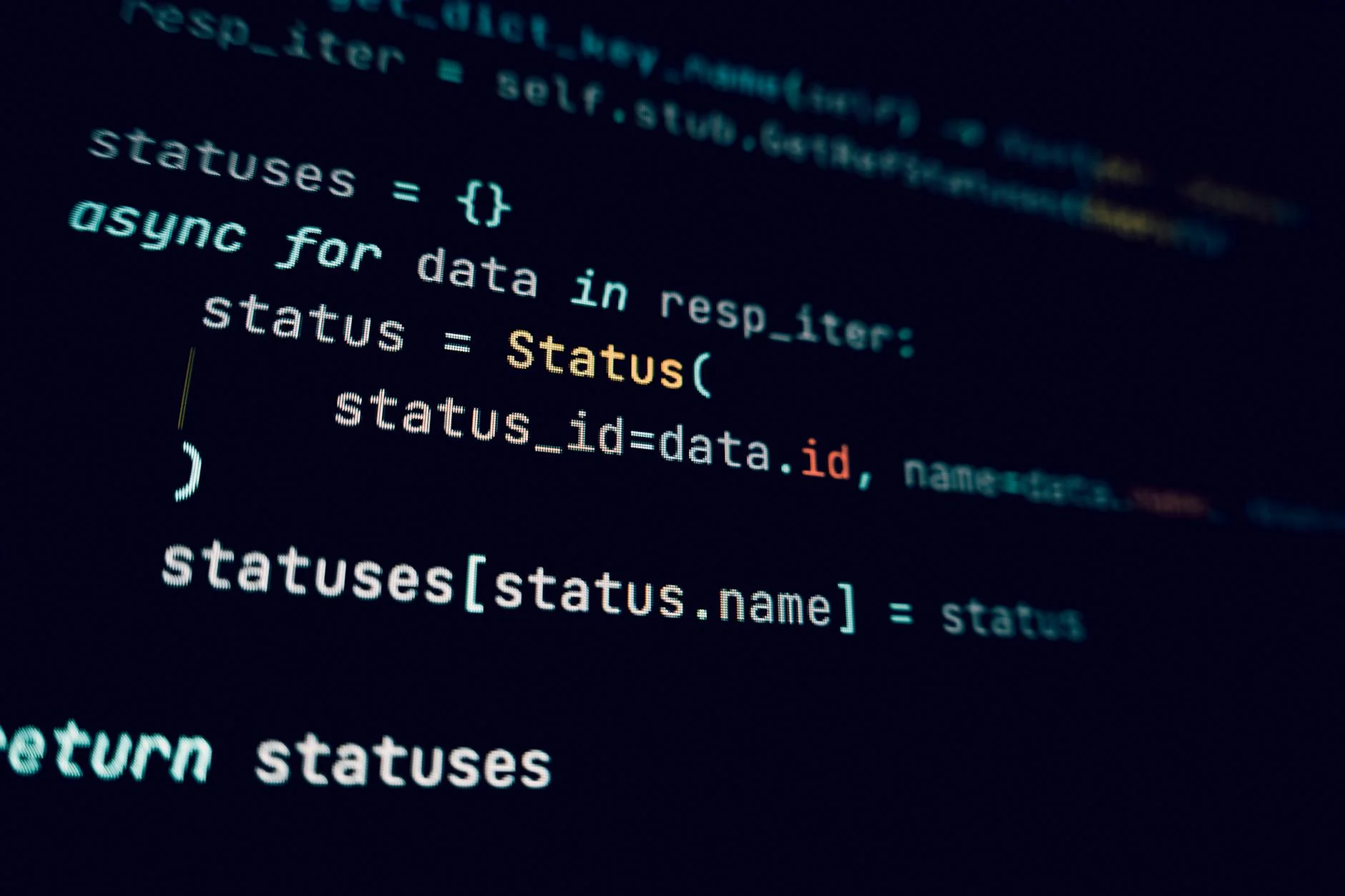🕸️ Have you ever dreamed of harnessing the vast ocean of data available on the internet? Welcome to the world of web scraping, where you can transform that dream into reality! In today’s data-driven landscape, the ability to extract information from websites efficiently is not just a valuable skill—it’s a superpower.
Imagine being able to gather thousands of product prices, compile research data, or track real-time news updates with just a few lines of code. That’s the magic of web scraping with Python! 🐍✨ Whether you’re a budding data scientist, a curious programmer, or a business analyst looking to level up your skills, this guide will take you from novice to web scraping ninja. We’ll explore everything from the basics of setting up your Python environment to advanced techniques that will make your scraping projects shine.
Understanding Web Scraping Fundamentals
A. What is web scraping and why it’s useful
Web scraping is the automated process of extracting data from websites. It allows you to collect large amounts of information quickly and efficiently, transforming unstructured web data into structured formats for analysis or other purposes.
Key benefits of web scraping:
- Data collection at scale
- Time-saving automation
- Access to real-time information
- Competitive intelligence gathering
- Price monitoring and comparison
B. Python’s role in web scraping
Python has become the go-to language for web scraping due to its simplicity, versatility, and powerful libraries. Its rich ecosystem of tools makes it ideal for both beginners and advanced users.
| Python Feature | Web Scraping Advantage |
|---|---|
| Easy syntax | Quick learning curve |
| Rich libraries | Simplified scraping |
| Large community | Extensive support |
| Scalability | Handles big projects |
C. Legal and ethical considerations
While web scraping is a powerful tool, it’s crucial to understand the legal and ethical implications:
- Respect robots.txt files
- Adhere to website terms of service
- Avoid overloading servers with requests
- Be mindful of copyright and data privacy laws
- Use APIs when available instead of scraping
By following these guidelines, you can ensure your web scraping projects are both effective and responsible.
Setting Up Your Python Environment

Before diving into web scraping, it’s crucial to set up a robust Python environment. This foundation will ensure smooth development and help you avoid common pitfalls.
Understanding virtual environments
Virtual environments are isolated Python setups that allow you to manage project-specific dependencies without interfering with your system-wide Python installation. They offer several benefits:
- Dependency isolation
- Easy project portability
- Version control compatibility
To create a virtual environment, use the following command in your terminal:
python -m venv scraping_envActivate it with:
source scraping_env/bin/activate # On Unix or MacOS
scraping_env\Scripts\activate.bat # On WindowsChoosing the right IDE
Selecting an appropriate Integrated Development Environment (IDE) can significantly enhance your coding experience. Here’s a comparison of popular IDEs for Python:
| IDE | Pros | Cons |
|---|---|---|
| PyCharm | Feature-rich, excellent debugging | Resource-intensive |
| VS Code | Lightweight, extensible | Requires setup for advanced features |
| Jupyter Notebook | Great for data analysis, interactive coding | Not ideal for large projects |
Installing Python and necessary libraries
After setting up your virtual environment and choosing an IDE, it’s time to install Python and essential libraries for web scraping:
- Download and install Python from the official website (python.org)
- Upgrade pip:
pip install --upgrade pip - Install key libraries:
- Requests:
pip install requests - BeautifulSoup:
pip install beautifulsoup4 - Selenium:
pip install selenium
- Requests:
With your Python environment set up, you’re now ready to explore the essential libraries for web scraping in more detail.
Essential Python Libraries for Web Scraping
When it comes to web scraping with Python, several libraries stand out as essential tools for any developer. Let’s explore the most popular and powerful libraries that will make your web scraping projects more efficient and effective.
A. Scrapy: Building scalable scraping projects
Scrapy is a robust framework for creating scalable web scraping projects. It provides a complete ecosystem for handling requests, processing responses, and extracting data.
Key features of Scrapy:
- Built-in support for handling concurrent requests
- Extensible architecture with middleware and pipeline components
- Automatic handling of duplicate requests
B. Selenium: Handling dynamic websites
Selenium is invaluable when dealing with JavaScript-heavy websites that require interaction or render content dynamically.
| Feature | Description |
|---|---|
| Browser Automation | Interacts with web pages as a human would |
| JavaScript Execution | Waits for dynamic content to load |
| Multi-browser Support | Works with Chrome, Firefox, Safari, and more |
C. Beautiful Soup: Parsing HTML content
Beautiful Soup excels at parsing HTML and XML documents, making it easier to extract data from web pages.
Benefits of Beautiful Soup:
- Simple and intuitive API
- Handles malformed HTML gracefully
- Integrates well with other libraries like Requests
D. Requests: Fetching web pages
The Requests library simplifies the process of making HTTP requests, which is fundamental to web scraping.
import requests
response = requests.get('https://example.com')
print(response.status_code) # 200
print(response.text) # HTML contentBy mastering these libraries, you’ll be well-equipped to tackle a wide range of web scraping challenges. In the next section, we’ll put these tools to use as we craft our first web scraper.
Crafting Your First Web Scraper
Now that we’ve covered the essential Python libraries, let’s dive into creating your first web scraper. This process involves analyzing the website structure, writing code to extract data, handling errors, and storing the scraped information.
Analyzing Website Structure
Before writing any code, it’s crucial to understand the structure of the website you’re scraping. Use your browser’s developer tools to inspect the HTML elements containing the desired data. Look for unique identifiers like classes or IDs that can help you target specific elements.
| Element | Purpose | Example |
|---|---|---|
| Class | Groups similar elements | <div class="product-title"> |
| ID | Unique identifier | <span id="price-value"> |
| Tag | HTML element type | <h1>, <p>, <a> |
Writing Code to Extract Data
With the website structure analyzed, you can now write Python code to extract the desired information. Here’s a basic example using the requests and BeautifulSoup libraries:
import requests
from bs4 import BeautifulSoup
url = "https://example.com/products"
response = requests.get(url)
soup = BeautifulSoup(response.content, 'html.parser')
product_titles = soup.find_all('div', class_='product-title')
for title in product_titles:
print(title.text.strip())Handling Errors and Exceptions
Web scraping can encounter various issues, such as network errors or changes in website structure. Implement error handling to make your scraper more robust:
- Use try-except blocks to catch and handle specific exceptions
- Implement retries for failed requests
- Add logging to track errors and scraping progress
Storing Scraped Data
Once you’ve successfully extracted the data, you’ll need to store it for further analysis or processing. Common storage options include:
- CSV files
- JSON files
- Databases (e.g., SQLite, PostgreSQL)
Here’s a simple example of storing data in a CSV file:
import csv
with open('scraped_data.csv', 'w', newline='') as csvfile:
writer = csv.writer(csvfile)
writer.writerow(['Title', 'Price', 'Description'])
for product in scraped_products:
writer.writerow([product['title'], product['price'], product['description']])With these steps in place, you’ve successfully crafted your first web scraper.
Advanced Web Scraping Techniques
Now that we’ve covered the basics of web scraping, let’s dive into more advanced techniques that will help you tackle complex scraping scenarios and improve your scraping efficiency.
A. Implementing rate limiting and respectful scraping
Respecting website resources and avoiding server overload is crucial for ethical web scraping. Here are some key strategies:
- Implement delays between requests using Python’s
time.sleep()function - Use exponential backoff for retries
- Adhere to
robots.txtguidelines
Example code snippet:
import time
import requests
def scrape_with_rate_limit(urls, delay=1):
for url in urls:
response = requests.get(url)
# Process the response
time.sleep(delay)B. Using proxies and rotating user agents
To avoid IP bans and mimic different browsers, consider:
- Rotating IP addresses using proxy servers
- Changing user agents regularly
| Proxy Type | Pros | Cons |
|---|---|---|
| Free Proxies | No cost | Unreliable, slow |
| Paid Proxies | Reliable, fast | Additional expense |
| Rotating Proxies | Automatic IP rotation | Higher cost |
C. Bypassing CAPTCHAs and login forms
Handling authentication and CAPTCHAs requires more advanced techniques:
- Use Selenium for browser automation
- Implement CAPTCHA-solving services
- Store and manage cookies for maintaining sessions
D. Dealing with AJAX and JavaScript-rendered content
Many modern websites use dynamic content loading, which requires special handling:
- Use browser automation tools like Selenium or Playwright
- Implement headless browsers for faster processing
- Consider using APIs if available
By mastering these advanced techniques, you’ll be well-equipped to handle complex web scraping tasks.
Optimizing Your Web Scraping Projects
Now that you’ve learned the basics of web scraping and explored some advanced techniques, it’s time to focus on optimizing your projects for better performance and efficiency.
A. Monitoring and maintaining your scrapers
Keeping your web scrapers in top shape is crucial for long-term success. Here are some key practices:
- Implement logging: Use Python’s built-in
loggingmodule to track errors and performance metrics. - Set up alerts: Create a system to notify you when your scraper encounters issues or completes tasks.
- Regular code reviews: Periodically review and refactor your code to improve efficiency and readability.
B. Scheduling and automating scraping tasks
Automation is key to maximizing the value of your web scraping projects. Consider the following approaches:
- Cron jobs (Unix-based systems)
- Windows Task Scheduler
- Python libraries like
scheduleorAPScheduler
Here’s a comparison of these scheduling methods:
| Method | Pros | Cons |
|---|---|---|
| Cron jobs | Simple, built-in to Unix systems | Limited to Unix-based systems |
| Windows Task Scheduler | Native to Windows, user-friendly GUI | Windows-only, less flexible than cron |
| Python libraries | Cross-platform, highly customizable | Requires the Python environment to be running |
C. Parallel processing for faster scraping
To significantly speed up your scraping tasks, leverage parallel processing techniques:
- Multi-threading: Use Python’s
threadingmodule for I/O-bound tasks. - Multiprocessing: Employ the
multiprocessingmodule for CPU-bound operations. - Asynchronous programming: Implement
asyncioandaiohttpfor efficient concurrent scraping.
By implementing these optimization strategies, you’ll be able to create more robust, efficient, and scalable web scraping projects.
Real-World Web Scraping Applications

Now that we’ve covered the technical aspects of web scraping, let’s explore some real-world applications where this powerful technique can be applied.
Academic and Scientific Data Collection
Web scraping is an invaluable tool for researchers and academics. It enables efficient collection of large datasets from various online sources, such as:
- Scientific journals
- Academic databases
- Government websites
- Research institutions
| Application | Benefits |
|---|---|
| Literature reviews | Quickly gather relevant papers and citations |
| Data analysis | Collect and process large datasets for studies |
| Trend analysis | Track research trends across multiple sources |
Lead Generation and Market Research
Businesses can leverage web scraping to gather valuable market insights and generate leads:
- Scrape company directories for contact information
- Monitor competitor pricing and product offerings
- Analyze customer reviews and sentiment
News Aggregation and Analysis
Web scraping powers many news aggregation services and media monitoring tools:
- Collect articles from multiple news sources
- Analyze sentiment and identify trending topics
- Track mentions of specific brands or individuals
Social Media Data Collection
Social media platforms are rich sources of data for various applications:
- Brand monitoring and reputation management
- Influencer identification and analysis
- Trend forecasting and market research
Price Monitoring and Comparison
E-commerce businesses and consumers benefit from price monitoring tools:
- Track competitor pricing in real-time
- Identify pricing trends and patterns
- Automate price comparison across multiple retailers
Web scraping enables these applications by efficiently collecting and processing vast amounts of online data, providing valuable insights and competitive advantages across various industries.
Conclusion
Web scraping with Python offers a powerful toolset for extracting valuable data from websites. By mastering the fundamentals, setting up your environment, and leveraging essential libraries like Beautiful Soup and Scrapy, you can create efficient and effective web scrapers. As you progress, advanced techniques and optimization strategies will help you tackle more complex scraping tasks and improve your projects’ performance.






